Feeding your pet is one of the most important decisions you make as a pet owner. After all, what they eat directly impacts their health, energy levels, and overall happiness. But with so many options on the market—dry food, wet food, grain-free, raw diets—it can be overwhelming to figure out what’s best for your furry friend.
In this guide, we’ll walk you through everything you need to know to choose the right food for your pet, whether it’s a cat, dog, or both!
Step 1: Understand Your Pet’s Unique Needs
Every pet is different, so their dietary needs will vary based on several factors:
-
Age:
- Puppies and kittens need nutrient-dense food to support growth.
- Senior pets benefit from formulas that support joint health and digestion.
-
Size and Breed:
- Large-breed dogs may need food with added joint support.
- Small-breed dogs often do better with smaller kibble sizes.
-
Health Conditions:
- Pets with allergies may need grain-free or limited-ingredient diets.
- Overweight pets may benefit from low-calorie or high-fiber options.
-
Activity Level:
- Active pets need more calories, while less active pets should avoid high-calorie foods to prevent weight gain.
Step 2: Know the Types of Pet Food
There are several types of pet food available, each with its own pros and cons:
-
Dry Food (Kibble):
- Pros: Convenient, affordable, and good for dental health.
- Cons: May lack moisture, which can lead to dehydration in some pets.
-
Wet Food:
- Pros: High in moisture, great for hydration, and often more palatable.
- Cons: More expensive and less convenient to store.
-
Raw Diets:
- Pros: Mimics what animals would eat in the wild; rich in nutrients.
- Cons: Requires careful handling and can be costly.
-
Grain-Free and Limited-Ingredient Diets:
- Pros: Ideal for pets with allergies or sensitivities.
- Cons: Not necessary for all pets; always consult your vet first.
Step 3: Read the Label Carefully
When choosing pet food, always check the label for the following:
- High-Quality Protein as the First Ingredient: Look for named protein sources like “chicken,” “beef,” or “salmon.” Avoid vague terms like “meat by-products.”
- No Artificial Additives: Steer clear of artificial colors, flavors, and preservatives.
- Balanced Nutrition: Ensure the food meets industry standards for complete and balanced nutrition.
Step 4: Monitor Portion Sizes
Overfeeding or underfeeding can lead to health problems. Always follow the feeding guidelines on the packaging, but adjust based on your pet’s activity level and metabolism.
Step 5: Transition Gradually
If you’re switching your pet’s food, do it gradually over 7–10 days to avoid digestive upset. Start by mixing a small amount of the new food with the old, gradually increasing the ratio.
Step 6: Stay Hydrated
Hydration is just as important as food. Make sure your pet always has access to fresh, clean water.
Final Thoughts
Choosing the right food for your pet is an act of love that pays off in their health and happiness. By understanding their unique needs, reading labels carefully, and staying consistent with feeding routines, you can ensure your furry friend stays healthy and happy for years to come.
If you’re looking for tools to simplify mealtime and keep your pet’s feeding routine precise, consider exploring products like automatic feeders or smart water fountains. These innovations can help take the guesswork out of pet care and give you peace of mind.
Ready to make mealtime easier and healthier for your pet? Discover how the EVO Pet™ Automatic Feeder can streamline your pet’s feeding routine. Click here to learn more and shop now!

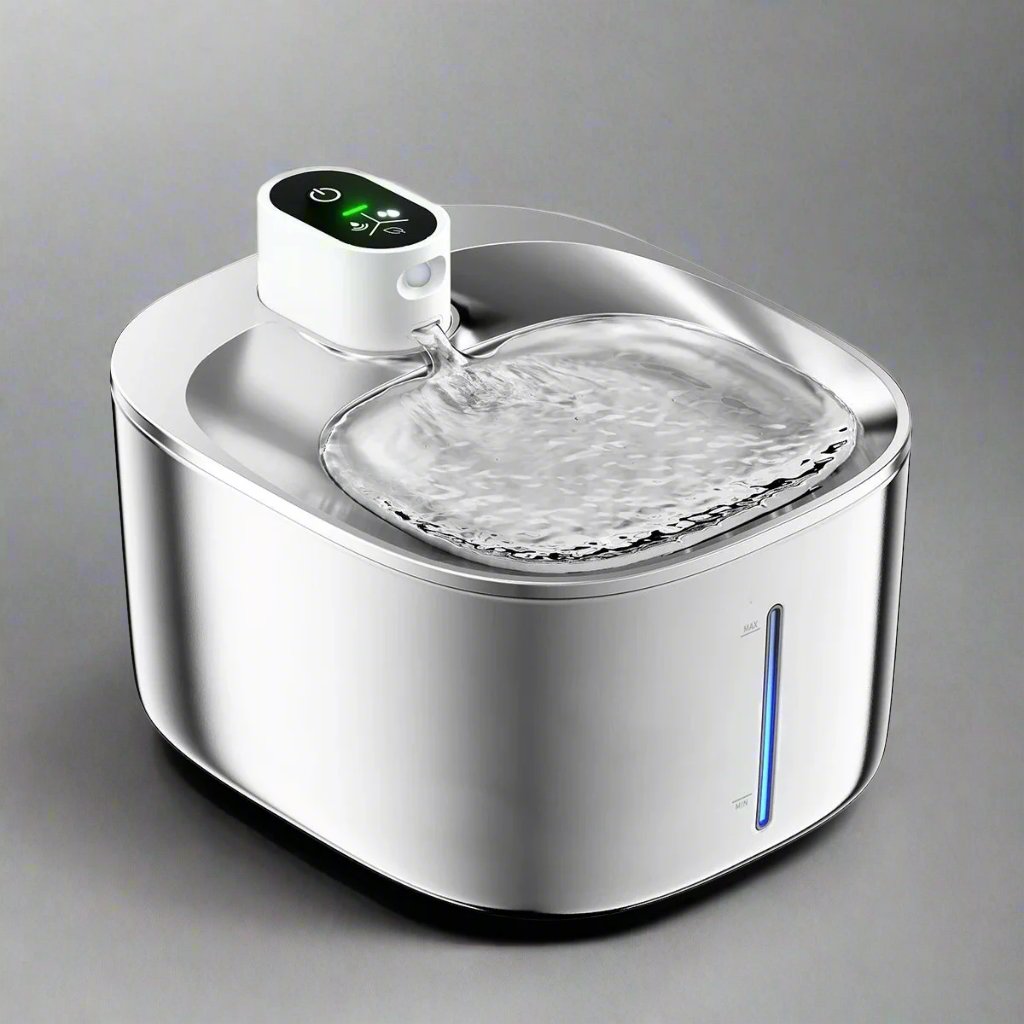
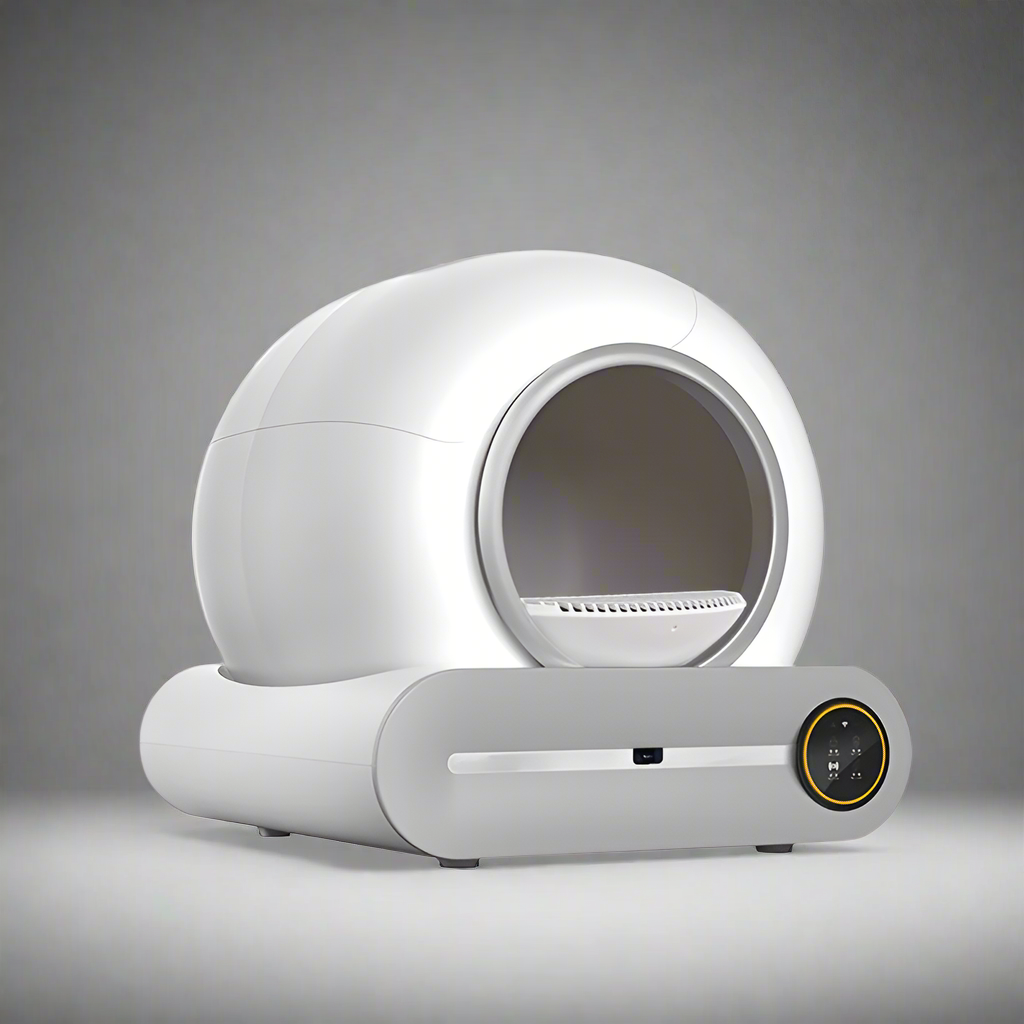
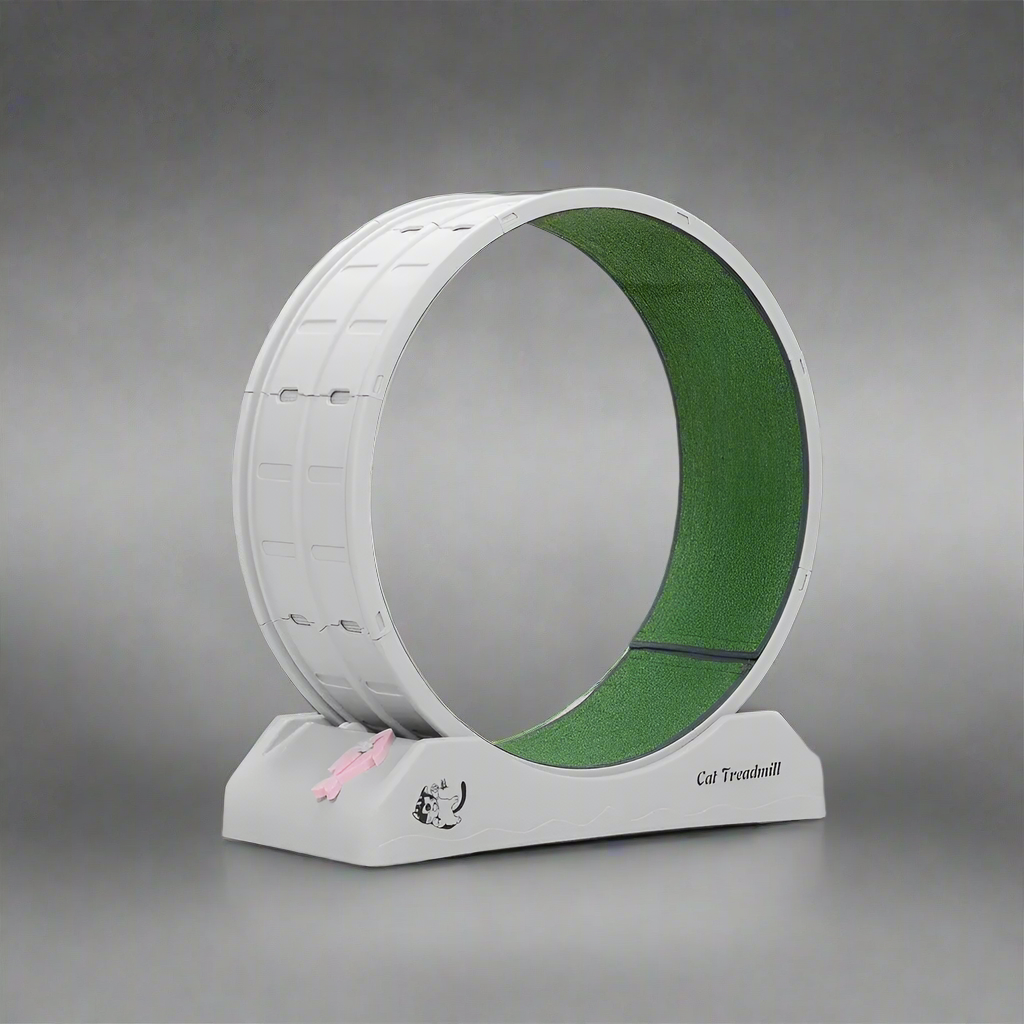
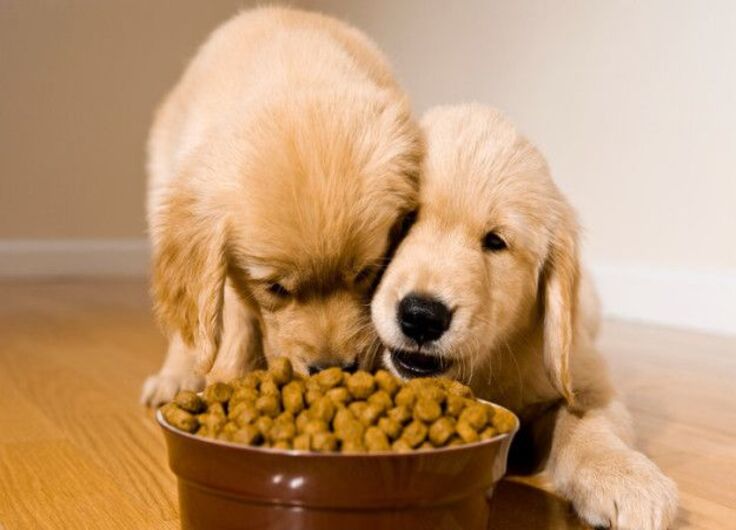
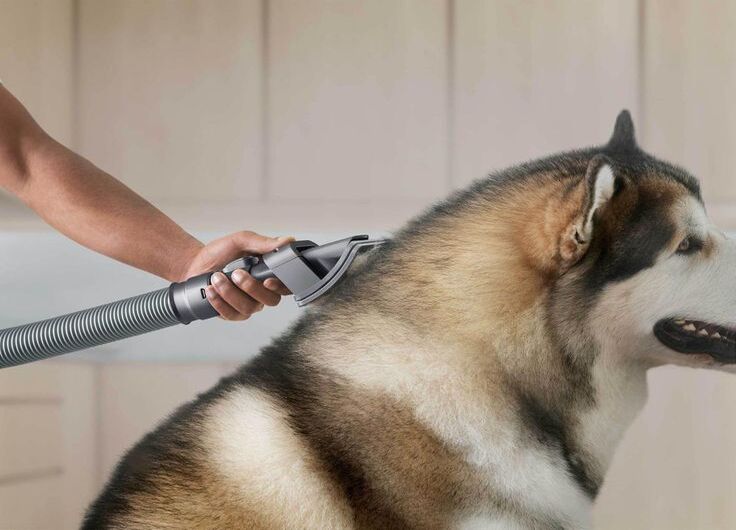

Leave a comment
This site is protected by hCaptcha and the hCaptcha Privacy Policy and Terms of Service apply.